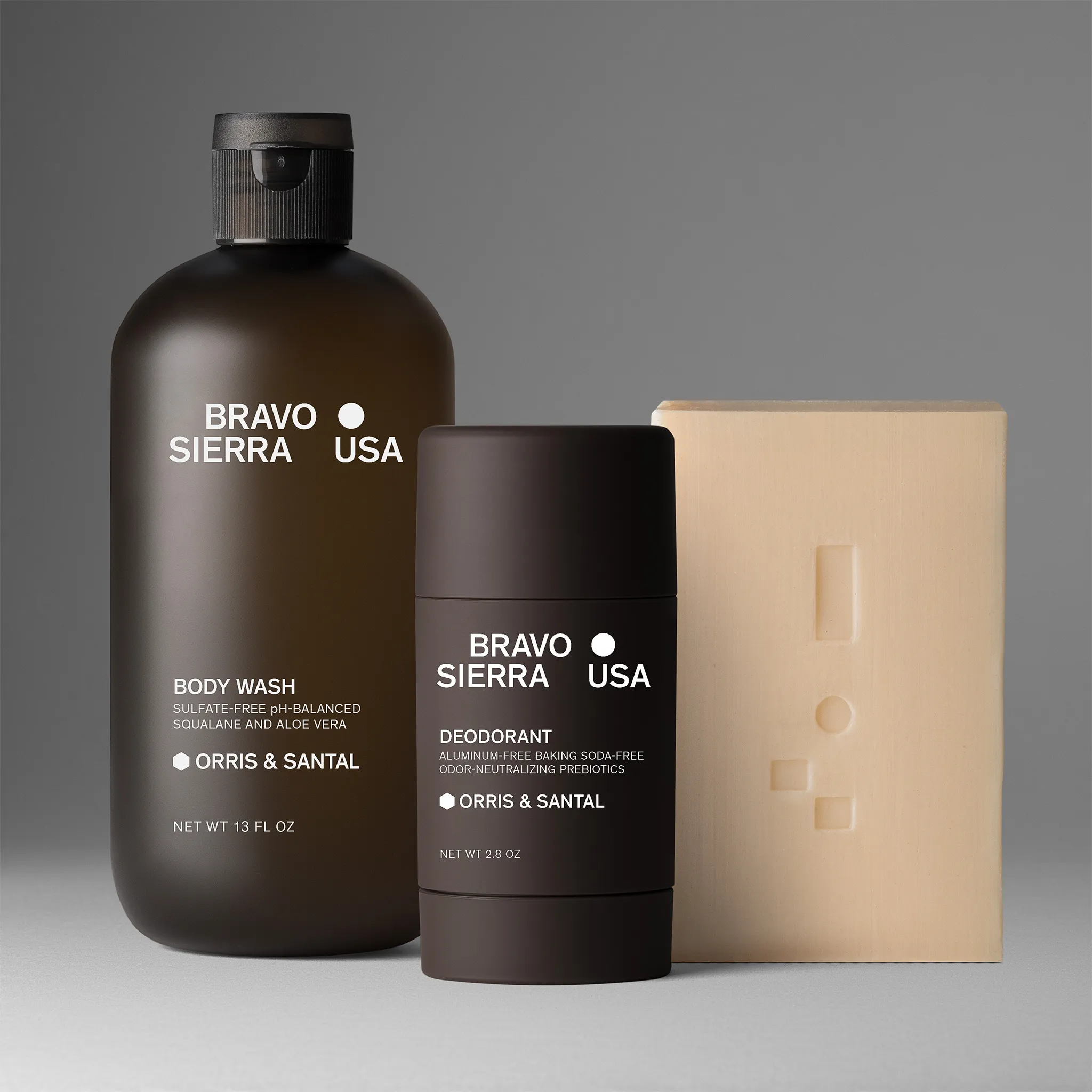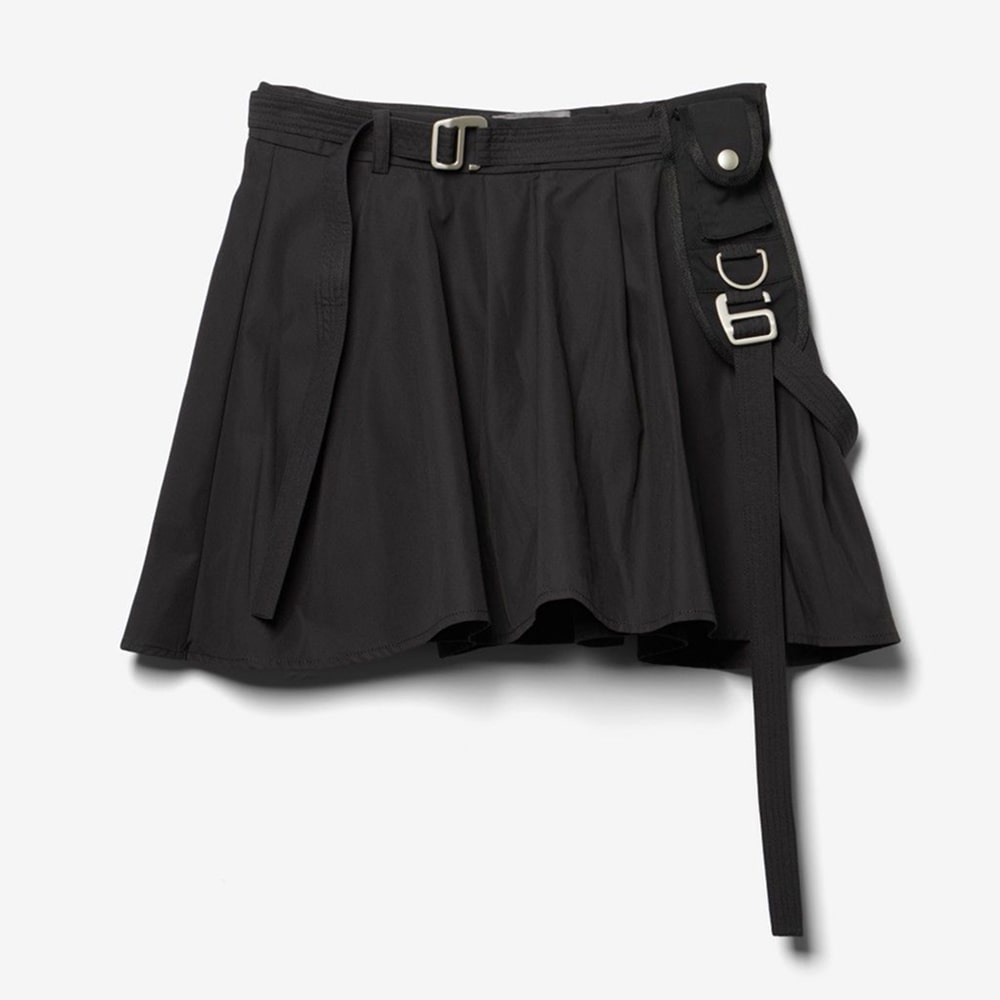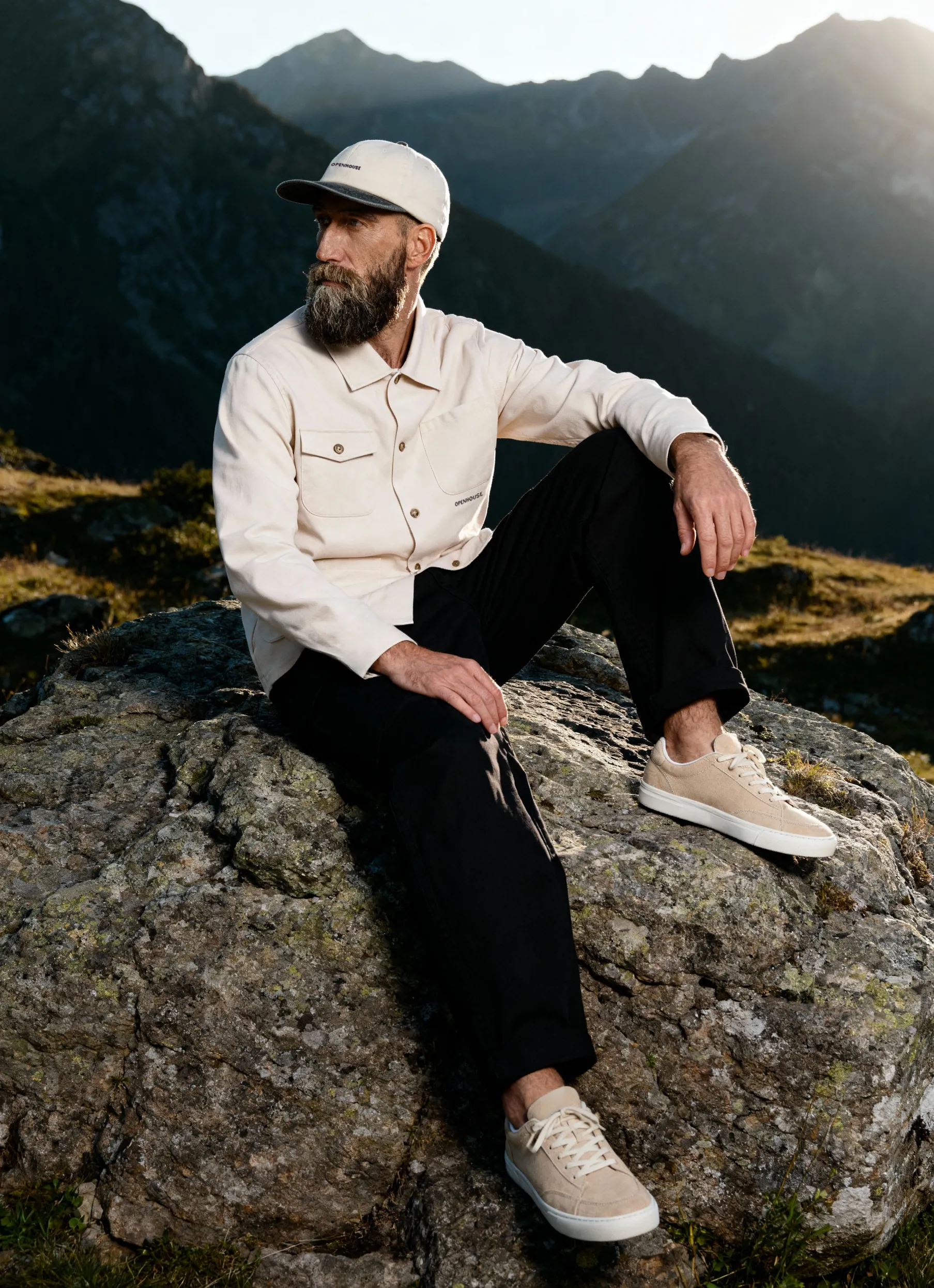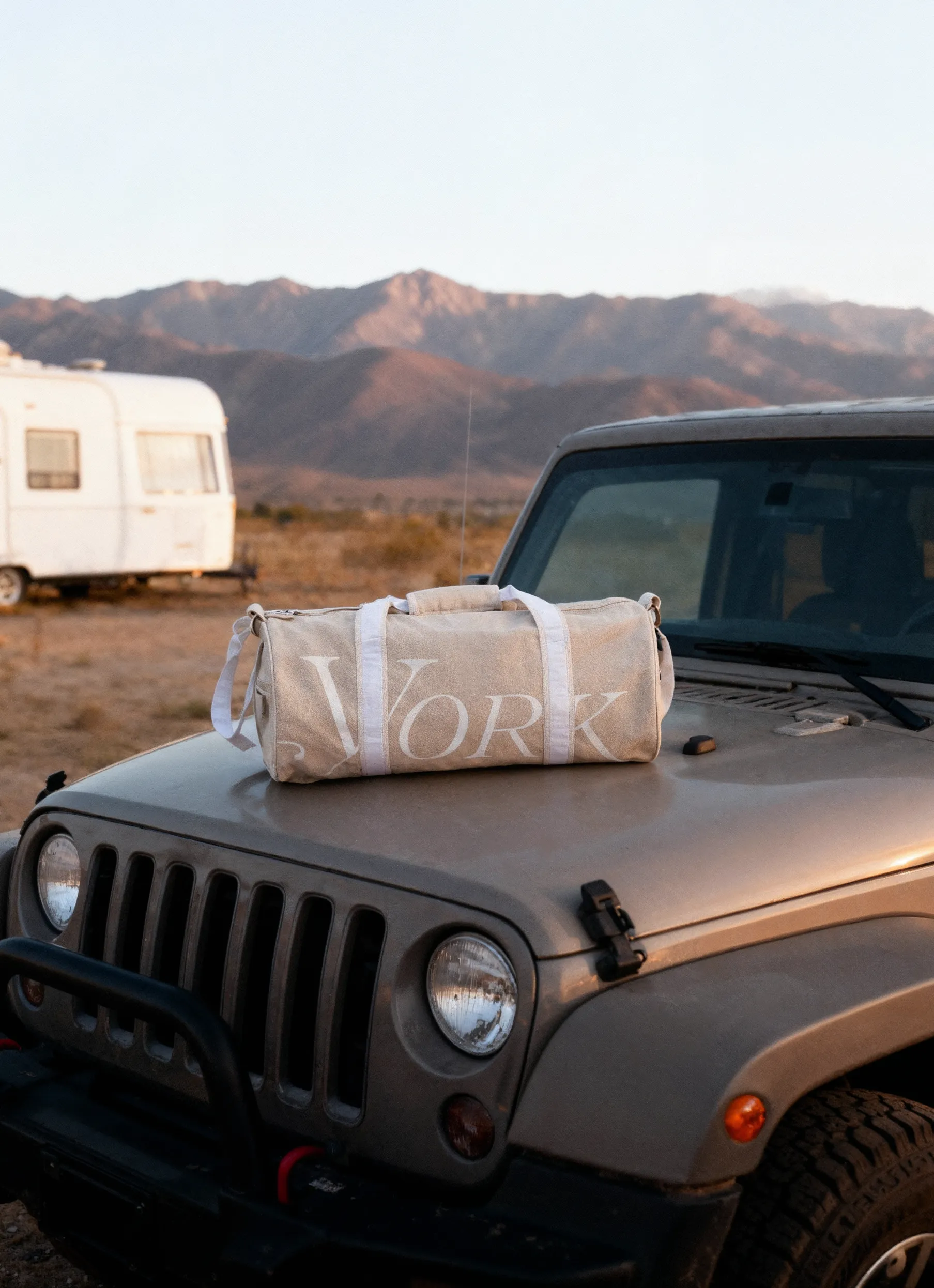E-commerce image standards help online stores present products clearly, consistently, and credibly. These standards define how product photos should be sized, styled, and optimized across platforms.
They ensure shoppers can evaluate items confidently, especially when they can’t see or touch them in person. Proper standards improve site speed, support mobile responsiveness, and help product pages rank higher in search results. They also reduce returns by providing accurate visual information.
From lighting and angles to background and file types, technical consistency builds trust and usability. At Squareshot, we help brands align with these standards to create catalog-ready visuals at scale.
This guide outlines the most important standards and tools needed to manage images effectively at scale.
What Are E-commerce Image Standards?
E-commerce image standards set the rules for how product photos should look and perform. These guidelines help you present your products clearly and consistently so customers trust your brand and understand what they are buying.
They cover technical details, style choices, and common terms used in ecommerce photography.
Definition and Core Principles
E-commerce image standards are rules for how to take and present product photos online. They specify image size, resolution, background, lighting, and composition. The goal is to make images clear, consistent, and easy to view across devices. For example, white backgrounds and centered products help customers focus on the item.
Consistency matters, so all your images should use the same style, angles, and lighting. This creates a smooth browsing experience and reinforces your brand’s look. Using the proper resolution ensures your images look sharp without slowing down your site.
Why Image Standards Matter for Online Retail
Good image standards improve the shopping experience. Clear and consistent photos reduce customer confusion and returns. When your images follow the right rules, they help customers see exactly what they’re buying. This increases trust and can boost sales. Standard images also support faster page loading and better mobile display. If images are low quality or differ too much in style, customers may leave your site early.
Strong image standards make your store look organized and professional, which helps build brand loyalty.
Essential Image Requirements for Ecommerce Platforms
To meet ecommerce standards, your product images need to fit certain technical and visual rules. This includes the right file types, image size, and resolution. Different platforms ask for specific details to make sure your images show clearly and sell well.
File Formats and Compatibility
Use widely accepted file formats like JPEG and PNG. JPEG is great for photos because it balances quality and file size. PNG works well if you need transparency, especially for logos or icons. Avoid uncommon formats that the platform might not support. Your images should be easy to upload and quick to load for shoppers. Some sites also accept TIFF, but it’s less common due to bigger file sizes.
Keeping consistent file types helps when switching your images across different platforms. This prevents errors and ensures a clear display everywhere.
Image Dimensions and Sizing Guidelines
Each platform has recommended pixel sizes for images to look sharp and load fast. For example, Amazon suggests main product images be at least 1000 pixels on the longest side. This helps enable zoom features for customers. Use images that fill about 80-85% of the frame so the product is clear but not crowded. Too small or stretched images can reduce trust and sales. Stick to square or consistent aspect ratios when possible.
This creates a smooth browsing experience for users and keeps your store looking organized.
Optimal Resolution for Product Images
Aim for at least 72 DPI (dots per inch) for web use. This displays well without heavy files. Higher resolutions let customers zoom in on fine details without blurry edges. However, very high-resolution images may slow site speed.
Balance quality with file size by compressing images carefully before uploading. Keep original high-res files saved for future edits or print materials if needed.
Platform-Specific Standards
Different e-commerce sites have unique image rules. Amazon and Walmart demand a plain white background and no extra text or logos on product photos. Ebay allows more creative shots but still prefers clean, clear images. Social media channels like Instagram may call for lifestyle images or shots with models, while product pages focus on clear, standalone photos.
Check each platform’s image guidelines before you upload. This avoids rejection or reduced visibility. Adapt your images to meet these standards, so your products always appear polished and ready to convert.
Best Practices for Ecommerce Product Photography
Your product photos set the first impression for shoppers. Clear, consistent images with proper lighting and smart positioning help make your items look their best and boost online sales.
Background Selection and Consistency
Choose a simple background that highlights your product without distractions. White or light gray backgrounds are common because they help products stand out and work well across most online marketplaces.
Avoid clutter or patterns that compete for attention. Keep your background consistent across all your images to create a professional and unified look.
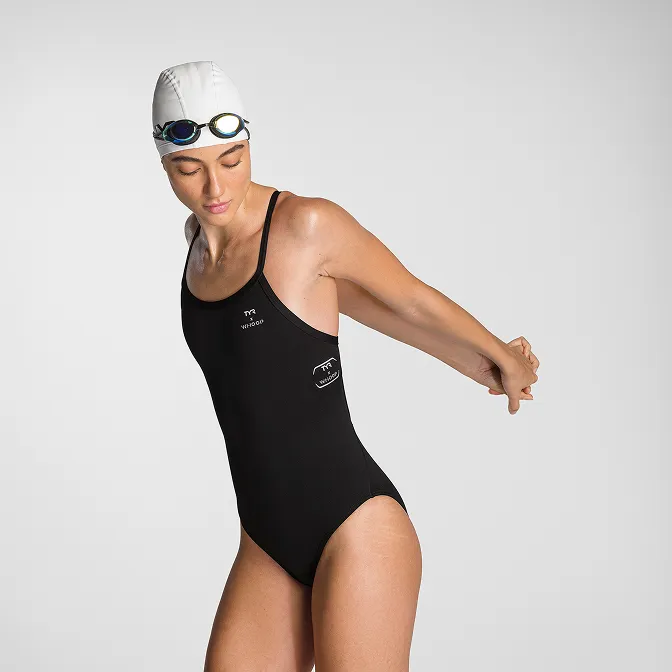
This makes your store appear organized, so customers focus on the product, not the environment. If you sell different product types, stick to one style per category.
Lighting Techniques for Clarity
Use soft, even lighting to avoid harsh shadows and bright spots. Natural light near a window can work. Controlled studio lights ensure consistent results for every shot. Position lights from multiple angles to reduce shadows and reveal your product’s actual color and texture.
Avoid mixed light sources with different color temperatures because they distort how your product appears. Consider using diffusers or light tents to soften light and reduce glare. Proper lighting brings out details and gives buyers confidence in what they see.
Product Positioning and Angles
Show your product from multiple clear angles. Include straight-on shots, side views, and close-ups of important details like texture or special features. Position your product to fill the frame without cropping out key parts. Keep the item centered and level to maintain a clean, balanced look.
Use props sparingly and only if they help explain size or use. The focus should remain on the product, so avoid anything that can distract or make the image look cluttered. By controlling your background, lighting, and angles carefully, you create images that attract attention and convert browsers into buyers.
Image Optimization for Speed and Quality
Optimizing your product images helps your site load faster and keeps image quality high. This balance improves user experience and supports search engine rankings. It involves compressing files smartly, using images that fit different devices, and adding descriptive alt text.
Compression Techniques Without Losing Detail
You want your images to be small but sharp. Use tools that reduce file size by removing unnecessary data without hurting clarity. Formats like WebP or optimized JPEGs keep details clear while lowering size. Avoid heavy compression as it causes blur or pixelation.
Aim for crisp images that load quickly to keep visitors engaged.
Responsive Images for Multiple Devices
Show images sized appropriately for different screens. A phone doesn’t need the same resolution as a desktop monitor. Use responsive image techniques like the HTML srcset attribute to load correct sizes. This saves bandwidth on mobile without sacrificing quality on bigger screens. Your site stays fast, and your product looks good everywhere.
Alt Text and SEO Optimization
Add clear, relevant alt text to every image. This helps search engines understand what your image shows and improves SEO. Write descriptions that mention the product and key features. Keep alt text brief but informative. Alt text also assists people using screen readers, making your store more accessible.
Compliance and Accessibility Standards
Making your e-commerce images accessible meets legal requirements and ensures all users can understand and interact with visuals. This involves adding useful descriptions, following inclusive design rules, and respecting cultural differences affecting image perception.
ADA and WCAG Requirements
You need to follow the Americans with Disabilities Act (ADA) and Web Content Accessibility Guidelines (WCAG) for your product images. This includes providing alt text that clearly describes what the image shows.
Alt text helps screen readers explain the image to users with visual impairments. Your images should also avoid flashing or flickering effects that trigger seizures.
Use colors with enough contrast so that text or product details are easy to see. Following WCAG Level AA ensures your site meets most legal standards and improves usability for everyone.
Image Captioning and Descriptions
Adding captions and detailed descriptions below or near your product pictures gives visitors more context. Captions might explain features you can’t show clearly, such as material feel or product size.
Descriptions can include instructions or highlight benefits important to buyers. Keep these texts concise and focused. Avoid using vague phrases like "beautiful design." Instead, use facts like "crafted from breathable cotton, fits true to size." Captions can also assist those who have difficulty interpreting images, especially if they rely on translation tools or assistive devices.
Cultural and Ethical Considerations
Respect cultural differences when choosing your images. Colors, gestures, and symbols may have different meanings across regions. What appeals to one group might confuse or offend another. Use diverse models and product settings to reflect your audience.
Avoid stereotypes by showing a variety of ages, ethnicities, and body types where relevant. Ethical decisions improve brand trust and help you reach more customers globally.
Managing and Updating Product Images
Keeping your product images organized and up to date is key to running a smooth online store. You need clear systems for naming files, tools for editing many photos at once, and a plan for when to refresh your images.
This approach saves time and keeps your store looking fresh and consistent.
Version Control and File Naming
Using a clear naming system helps you track different versions of your product images easily. Include product names, dates, and version numbers in your file names.
For example: RedSneaker_2025-07_v03.jpg
This method avoids confusion and ensures you use the latest images. Store your files in well-labeled folders by product type or launch date. Using cloud storage with version history helps you revert changes if needed. Consistency here prevents lost or outdated images from reaching your site.
Bulk Image Editing Tools
Editing images one by one is time-consuming. Bulk editing software lets you apply changes like resizing, color correction, or watermarking to many photos at once. Tools like Adobe Lightroom or batch processing features in Photoshop save hours. Choose tools that fit your workflow and support formats you use.
Batch editing is useful for updating catalogs or seasonal content quickly. It also ensures every image maintains the same style and quality, reinforcing your brand across your store.
Scheduling Image Updates
Set a schedule for updating product images regularly. This keeps your store current and improves buyer confidence. You might refresh photos monthly for fast-moving products or quarterly for catalog items. Use a calendar or project management app to track what needs updating and when.
Include key dates like product launches or promotions. Regular reviews help spot images that need retouching or replacement before they get stale online. A planned update process keeps you ahead.
User Experience and Conversion Influences
Images play a key role in how customers feel about your products and whether they decide to buy. Clear, detailed photos build trust and keep shoppers interested. The way images display on different devices can affect conversions. Your images must be sharp and clear.
Using a resolution of at least 1200x1200 pixels shows product details and reduces doubts. Consistency in style and lighting across products creates a polished look for your brand. Avoid blurry or low-resolution photos because they make your products seem less valuable. Retouched photos that keep true colors and textures give customers more confidence.
Optimized file sizes help images load quickly without losing quality. Fast-loading images keep shoppers on your site.
360-Degree and Zoomable Images
Interactive images let customers see your product from all angles. A 360-degree view shows the full product and answers common shopper questions.
Zoom features allow detailed inspection, which is important for small or intricate items like jewelry or cosmetics. These options help shoppers feel like they’re inspecting the product in person.
Mobile-Friendly Image Practices
Most online shopping happens on phones, so your images must look good on small screens. Use a responsive design so photos automatically resize and stay clear across devices. Avoid overly large images that slow loading times. Fast-loading pages keep visitors on your site. Keep key product details centered and visible on mobile. Simple backgrounds and good lighting help maintain focus. Mobile-friendly images make purchasing easier on any device.
Common Mistakes and How to Avoid Them
Your product images need to be clear, consistent, and fit the platform you sell on. Mistakes with image size, background, or ignoring specific rules can confuse buyers or lower your sales.
Here are common problems and steps to fix them.
Incorrect Aspect Ratios
Images with the wrong aspect ratio can appear stretched, cropped, or blurry. This affects how your products show up on category or product pages.
Use the same aspect ratio for all photos. Most ecommerce sites recommend a square (1:1) or vertical rectangle (4:5) ratio. Check each image before uploading. Avoid using different ratios on the same page, as it creates a messy look. Make sure important details don’t get cut off during cropping. Consistent sizes help customers focus on the product.
Poor Background Choices
Backgrounds that are too busy or inconsistent confuse shoppers. Many stores use plain white backgrounds to keep the focus on the product. White or neutral backgrounds reduce distractions and help your product colors appear true to life. Avoid backgrounds with clutter, shadows, or patterns.
If you want to add lifestyle shots, keep those separate from product-only images. This creates a clean store design that is easier to browse.
Ignoring Platform Guidelines
Each sales channel or marketplace has specific rules for images. Ignoring these can cause your listings to be rejected or look less appealing. Read the exact image size, format, and background requirements for each platform. Use correct file types like JPEG for photos and PNG for graphics with transparency.
Name images thoughtfully and add alt tags to boost SEO. Following these guidelines makes uploading faster and improves your store’s appearance.
Future Trends in E-commerce Imagery
The way you present products online keeps changing fast. New tools and technology help make images clearer and more engaging. These advances focus on improving speed, detail, and shopper interaction.
AI-Driven Image Optimization
AI now improves product photos. It automatically adjusts lighting, colors, and backgrounds to make images more consistent and appealing. You need less editing, so you save time and cut costs. AI can test different versions of images to see which one gets more clicks or sales. That helps you pick pictures that work best for your audience. AI also resizes and formats images faster for different platforms, keeping your photos sharp everywhere you sell.
Augmented Reality Integration
AR is becoming more common for e-commerce. It lets your customers see products in their own space using their phones or tablets. Shoppers can place furniture or decor in a room virtually to check fit and style. This interactive experience helps buyers feel more confident and reduces returns. You can add AR-ready images to your ecommerce site or apps, which combine 3D product views with real surroundings.
Dynamic and Interactive Product Photos
Static images are no longer enough for many shoppers. Dynamic elements like 360-degree views or clickable hotspots let customers explore product features in detail. You can show different angles or zoom in on textures, which helps answer questions before a buyer commits. Interactive photos can also change colors or styles on demand. These options keep viewers engaged longer and increase the chance they will buy. They also make product information clearer for shoppers.
Practical Applications of Image Standards
E-commerce image standards impact everything from product clarity to page speed. They help ensure buyers see accurate details, which reduces returns and supports conversion.
Standardized dimensions and formats simplify publishing across platforms and devices. Consistent style also reinforces brand identity and improves the browsing experience. Optimized images load faster, benefiting both user experience and SEO.
Need help aligning your product images with platform standards? Explore how Squareshot delivers catalog-ready photos with fixed per-image pricing and remote shoot access.
Frequently Asked Questions
Using the right image size, resolution, and format helps your online store look consistent. Proper standards for dimensions and ratios make sure your photos display well on different platforms and devices.
What are the recommended pixel dimensions for product images on a website?
Product images usually work well at 1000 x 1000 pixels or higher. Square images fit product grids without distortion.
How does image file size affect website performance, and what's the ideal size in kilobytes?
Large file sizes slow down your site and hurt user experience. Aim for images under 200 KB to keep loading fast without losing quality.
Are there specific image size guidelines for Shopify stores?
Shopify recommends product images be at least 2048 x 2048 pixels for zoom. Keep files below 4472 x 4472 pixels to avoid long loading times. JPEG or PNG formats work best for Shopify stores.
What are the GS1 standards for product images, and where can I find the latest specifications?
GS1 sets global rules for product image quality, size, and format. Visit the official GS1 website to find the latest image guidelines and specifications.
What is the optimal ratio for product images to maintain visual consistency across an online store?
A 1:1 square ratio works best for product grids. For lifestyle or model shots, use 4:5 or 3:4 ratios to match square product pictures.
Can you provide the standard dimensions for a website banner to ensure proper display?
Common banner sizes include 1200 x 400 pixels for full-width headers. For large hero images, use 1600 x 600 pixels. These dimensions help banners look crisp on desktop and tablet screens.
Product A
SQUARE SHOT








